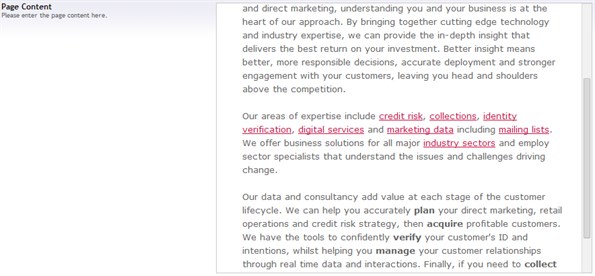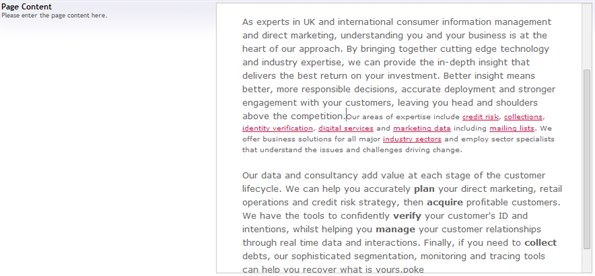You may have seen my laptop at various UK hackathons and
conferences. It's a bit of a monster. It's got a full sized 17"
screen (none of this widescreen malarkey), contains a desktop
motherboard and processor (a fast quad core one at that), has 16GB
of RAM, and can hold up to 3 hard drives (it's currently sportins
1.5TB worth of SSD and spinners). It's the most powerful machine
I've ever owned, there's nothing on it that can't be replaced or
upgraded (indeed it's had several life prolonging upgrades in the
5+ years I've had it) and it's by far and away one of the best
laptops I've owned in the last decade.
That's the good stuff. Here's the downside, it's big. Think of
the biggest 17" laptop you've owned, then double it, in both size,
and weight. It's bulky, it weighs nearly 10KG including the power
brick (which is actually the size of a house brick, if not slightly
larger), and the battery life is a comical joke. Brand new, I got a
mighty 1 hour and 15 minutes unplugged, and these days I'm lucky if
I get 5 minutes. I cycle to work a lot now, and it's got to the
point where I have a power brick at home and one in my client's
office, just so I don't have to carry the extra weight. Taking it
to events like Codegarden or other European events isn't practical,
the machine accounts for pretty much my entire carry on allowance
all by itself (plus carry it around for three days would be a
nightmare).
Now that the battery is on it's way out, I'm starting to think
about upgrading to something new, and this time, rather than just
going for something that's a powerhouse, I'm going to try and
balance power and practicality.
My criteria are that it must be powerful enough to do serious
dev work on, enough grunt for some light RTS gaming would be a
bonus, but not essential. Light enough that I can chuck it in a bag
with other stuff, rather than it's own dedicted bag of doom. I'd
quite like it to last at least 4 years as well.
I'm currently mulling over one of three options:
1) Bite the bullet, and get a Macbook Pro, a lot of web devs I
know use them now, and I can run all the Windows stuff I need in
either a VM or Bootcamp (probably a VM though). Pros: it weighs
fuck all, it's well built, they hold their value well, the retina
screen is nice, and hipsters will think I'm one of them. Cons: it's
expensive, the specs aren't great for the money, it's not user
upgradeable/repairable, I have to buy a load of additional adaptors
for things like Ethernet/DVI/VGI that most real businesses use, oh
and the freaky keyboard layout. This one is tempting on the weight
alone though and the amount of good things I've heard from the
folks I know who've made the jump.
2) Get something with plenty of grunt, that's big, but not as
berzerk as my current rig. I'm thinking Alienware M17, or one of
the 17" Clevo laptops that isn't a full desktop in a box like my
current one. Pros: much better bang for my buck, bigger screen,
easily repairable/upgradeable, all the ports I'll need are actually
built in. Cons: still quite big and heavy (albeit almost half of
what my current setup weighs in at).
3) Something halfway inbetween, like a Lenovo or something. Not
really sure what's out there on this front, as I normally tend
towards the more powerful end of laptops. Pros: cheaper! mosty
upgradeable. Cons: probably won't last quite as long as my current
rig.
I'd be interested to hear what other web dev types are using
laptop wise. Are you one of the hip Macbook kids? How do you find
it? Is it all sunshine and roses, or are there downsides too? Do
you have a workhorse Windows laptop that's a good balance of
performance and practicality that you'd recommend? Anything to
avoid like the plague (back in the day I remember there being some
terrible build issues with Vaios for example).
Please let me know your thoughts in the comments! I'm genuinely
interested to find out what folks are using!


